Meet the Messy, Clumsy and Shockingly Smart Pollinators of the Wild
We have thousands of pollinator species, from bees to flies to hummingbirds, to thank for one-third of our food. Their hard work is not only commendable, but also critically important. But let’s be honest – some of their methods are downright bizarre!
Pollination, but Make It Static
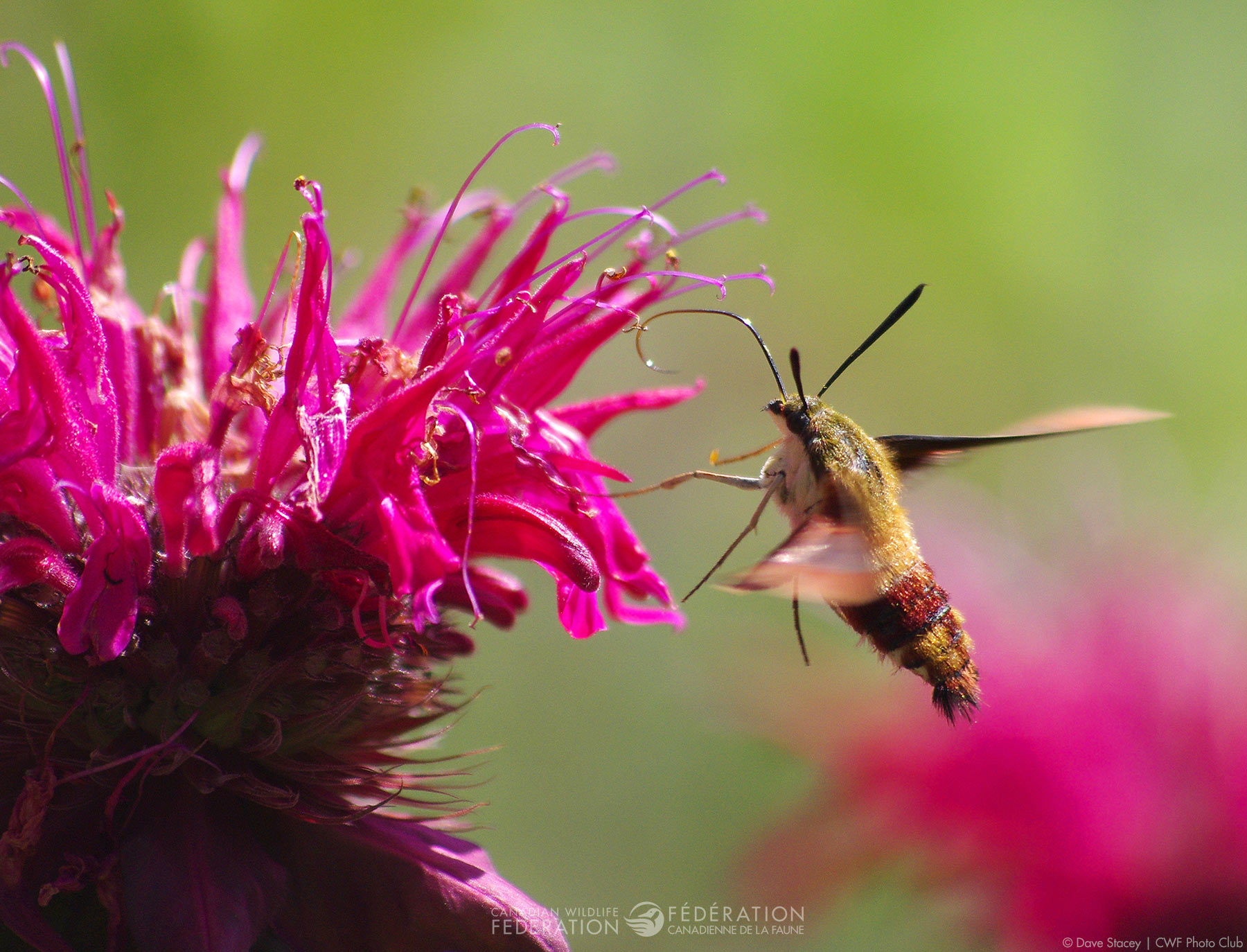
Who knew a little wing flapping could make the job easier on butterflies and moths? Researchers at the University of Bristol studied 269 butterflies and moths from 11 species and found that as these insects flap their wings, they build up so much static electricity that pollen literally jumps off flowers and clings to them – without even touching the plant!
The Yucca Moth’s Pollen Dunk
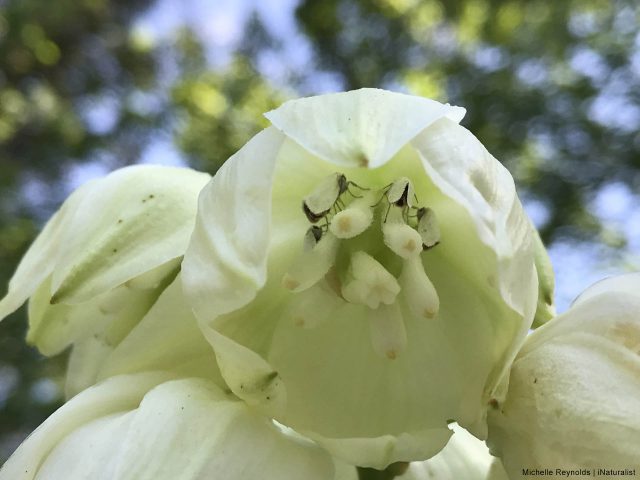
For the yucca plant, pollination isn’t just a lucky accident—it’s a full-blown mission. And the Yucca Moth? She’s the only one up for the job. Female moths collect pollen, roll it into a ball, and stuff it deep into the flower’s stigmatic hole—because without a solid dunk, the plant can’t reproduce. But here’s the twist: While she’s at it, she also lays eggs inside the flower’s chamber. When her caterpillars hatch, they eat some of the plant’s seeds, ensuring their own survival. It’s the ultimate you-help-me-I’ll-help-you arrangement.
Shake, Rattle and Bite!
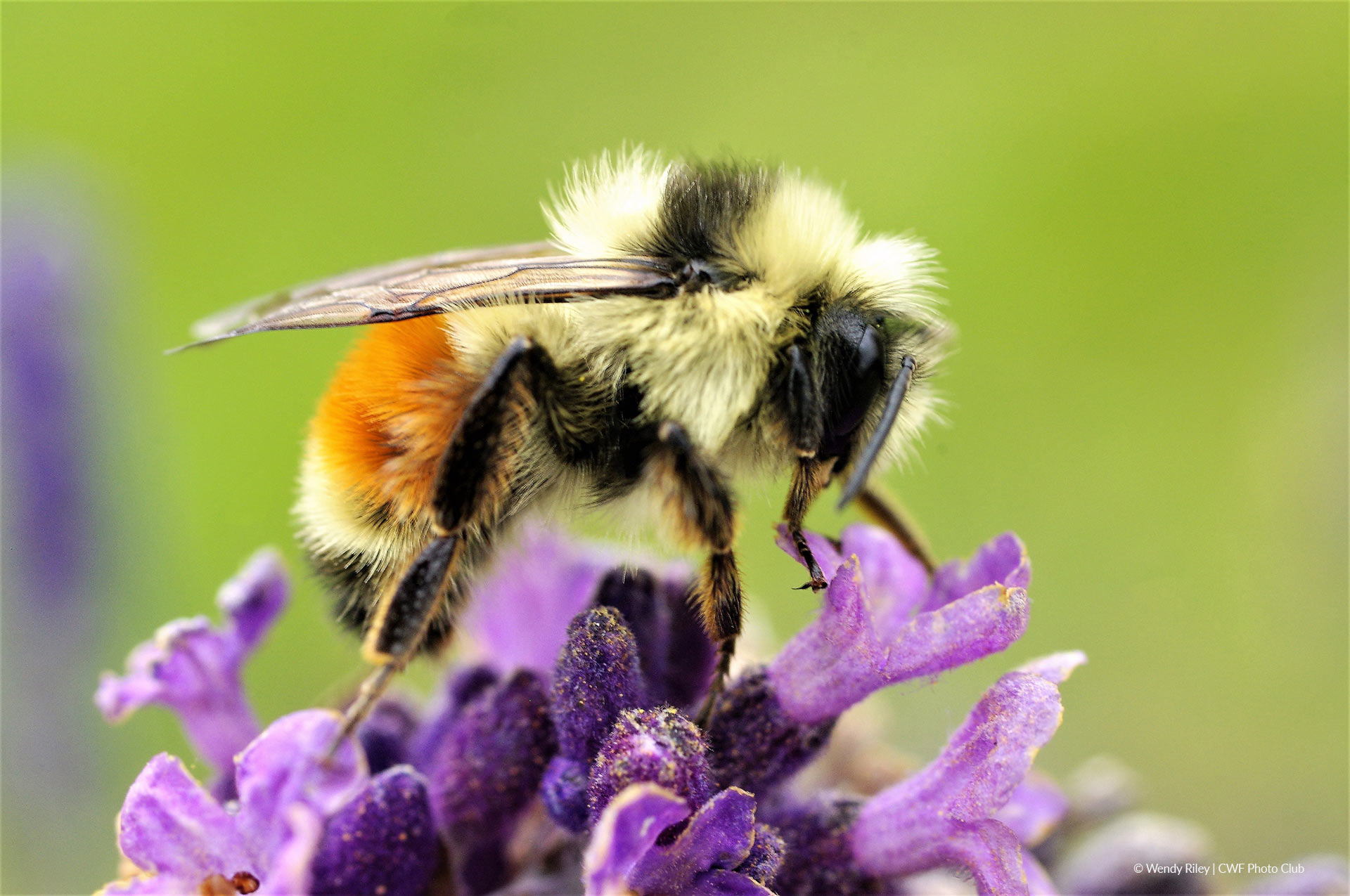
Some flowers like to play hard to get. In fact, nine per cent of plants keep their pollen hidden away in tight anthers, making pollination a challenge. But a few bees like some solitary bees as well as bumble bees have learned a trick: buzz pollination! When they land on a flower, rapidly shake their wings, the vibration shakes the pollen loose. Then they can collect the pollen and move along their merry way – pollinating as they go. A study published in Current Biology discovered that these bees can triple their pollen haul by biting the flower while flapping their wings. Turns out, a good chomp makes all the difference!
Beetles: The Bullies of the Blossom
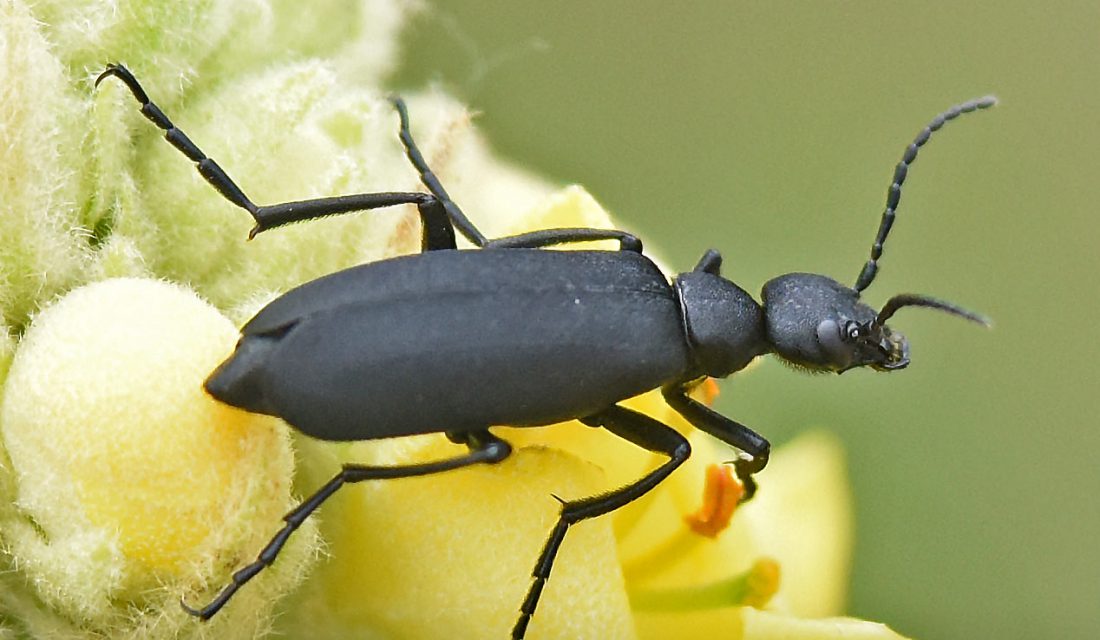
Butterflies may flutter from bloom to bloom, but beetles? They’re more like monster trucks plowing through a flowerbed. These ancient pollinators existed 100 million years ago, back when bees and butterflies had yet to make their appearance. Their strategy? Smash, munch and basically make a giant mess. They prefer large, cup-shaped flowers that are heavily scented. And don’t forget tough petals – after all they need that toughness to survive the mess beetles will leave in their wake!
Hummingbirds Don’t Need a Straw
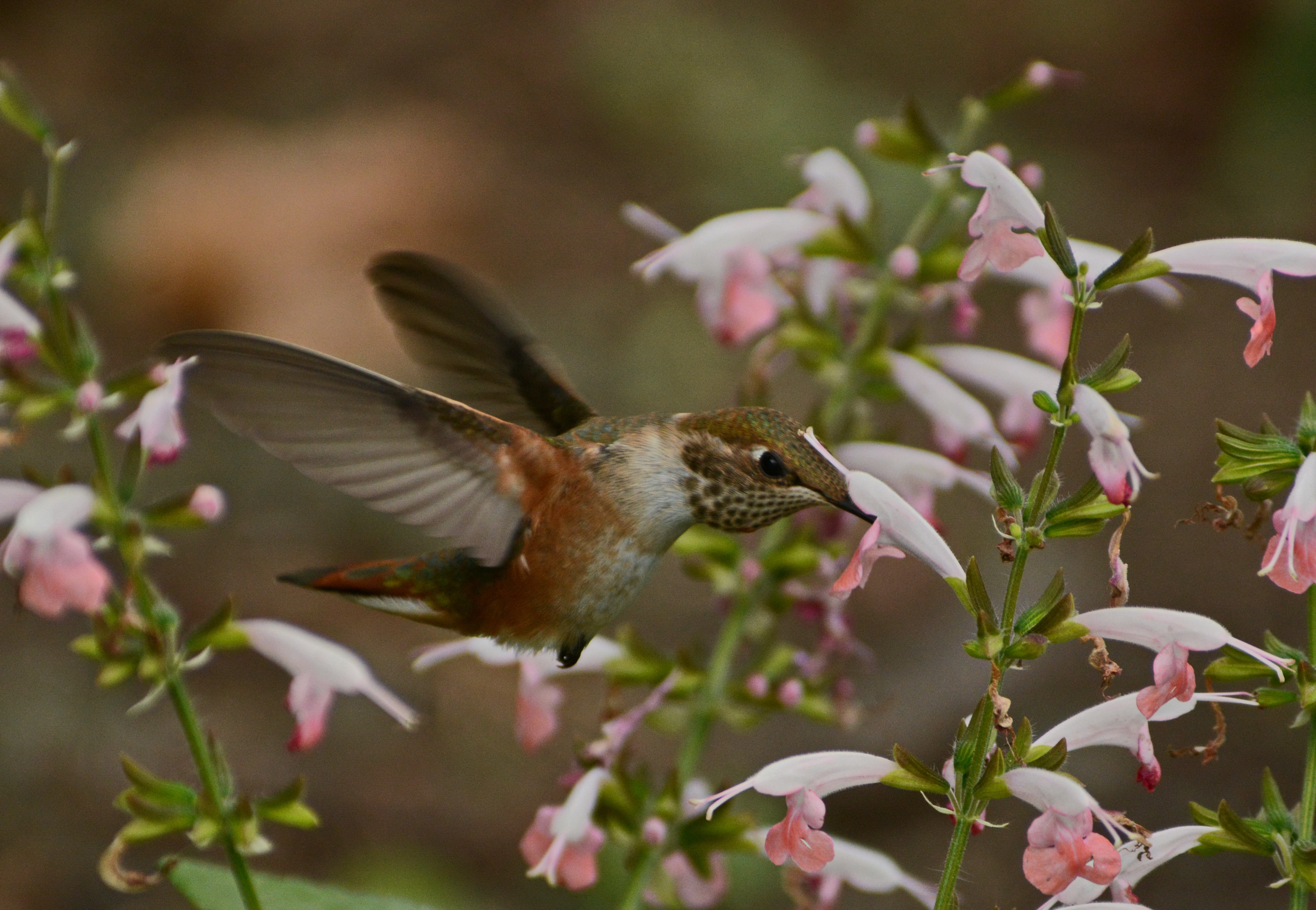
With their long beaks and even longer tongues, hummingbirds are built for drinking from deep, tubular flowers. Their tongues act like fluid traps, picking up nectar while their beaks brush against pollen-laden stamens. As hummingbirds need a lot of nectar to keep their energy levels up, they visit various flowers up to eight times an hour – making them masters of pollinating multiple flower species a day.

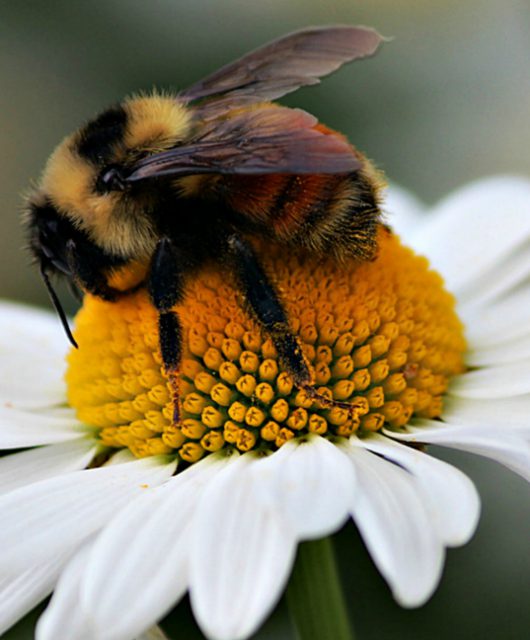
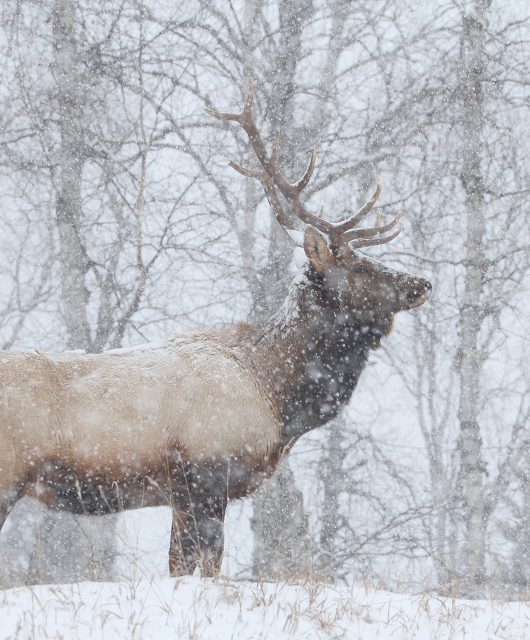
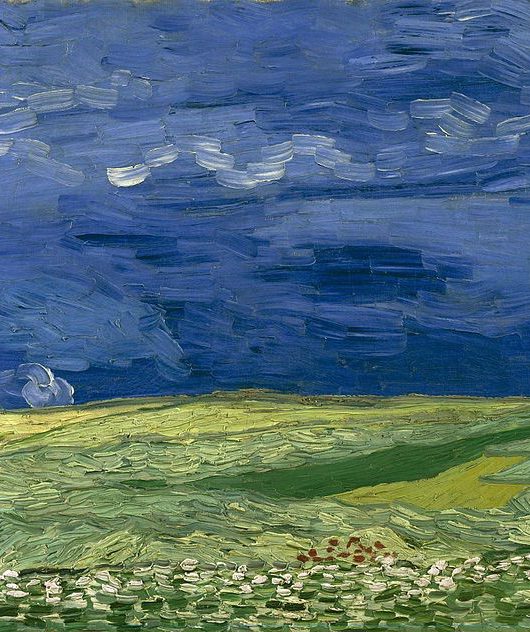

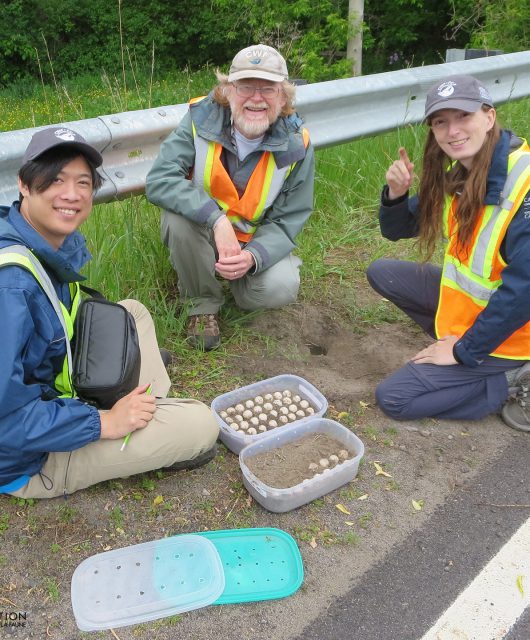
1 comment
I have emailed Premier Ford and MPP Karen McCrimmon today to oppose bill 5. I hope this helps.